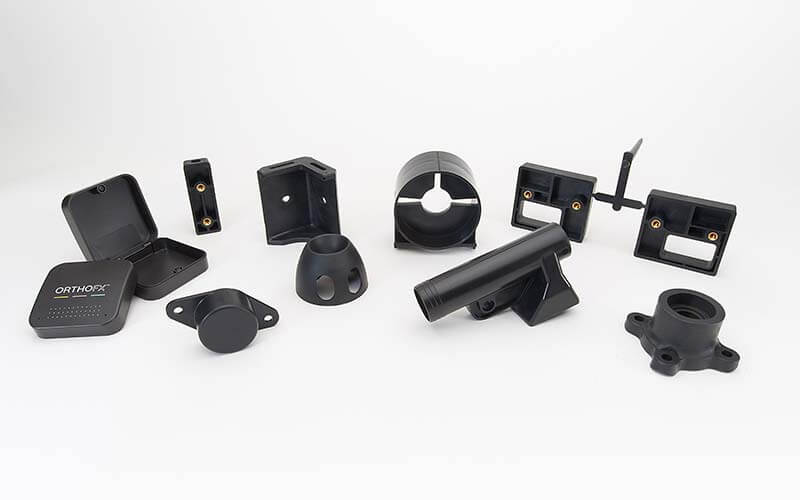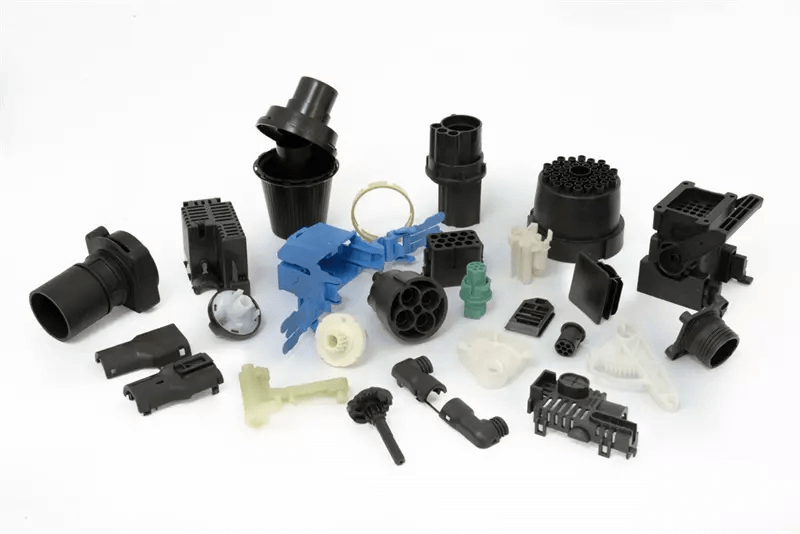How does HDPE Molding technology solve wrapping issues in plastic parts?
An Ultimate Guide to Thermoplastics Molding Techniques
Polyethylene hdpe molding is one of the most popular brands of polyethylene raw materials. This type of polyethylene is highly resistant and reliable in relation to the environment. That is why it is widely common in the manufacture of coatings that protect products against corrosion.

LDPE is also common in the manufacture of various types of films, in the pharmaceutical and chemical industries.
The warranty for LDPE 108 is 3 years from the date of manufacture.
Warping is an unwanted phenomenon, but quite common in the processing of polymeric products.
What is warping of hdpe molding parts?
The warping of plastic parts consists of the dimensional distortion of the original shape of these products. Such dimensional changes can impair performance during use and modify the appearance of products that present this type of problem. Warping often occurs in products cooled very quickly during molding.
What causes the phenomenon of warping?
Several factors are responsible for causing this type of phenomenon in hdpe molding polymeric parts. One is the differential cooling of the part. That is, some regions cool faster than others, causing dimensional distortions during the solidification process.
Molded parts with high pressures, when they solidify, can keep internal stresses frozen. Machines can release it during use, by contact with some chemical substance or the presence of high temperatures, for example, causing warping and even rupture.
Another factor that contributes to this phenomenon is the molecular orientation caused by the molding process. It can cause the occurrence of differential dimensional contraction, that is, different in each direction of the part.
How to solve or minimize the warping in hdpe molding products?
There are some measures we can take to avoid this type of defect. The first step is the design of molds and dies, in order to prevent regions with high molecular orientation from occurring.
Another factor that can contribute is the homogeneous cooling in all regions of the piece. In this way, it is possible that the same cooling rate occurs throughout it. We can also do this through the design of molds and dies. Through the choice of material or the use of adequate temperatures and cooling times is best.
What is the difference in the permissible range of hdpe molding values for the energy intensity?
- A wider spread requires large expenditures to maintain the same processing modes.
- Greater variation affects the instability of the parameters of a batch of products, especially with large orders. Since this corresponds to the size of the transported batch of granulate accepted in the industry).
The thermoplastics are artificial polymers which we can easily mold, since the high temperature causes the plastic deformation. With the help of a specific material, you can have the format you want.
What offers many benefits, including the reuse of plastic materials, sustainability in practice and respect for the environment and clean-up?
We know thermoplastics by other names, such as PVC, polypropylene and polyethylene, for example.
There are some hdpe molding techniques about creating thermoplastics that you will discover now. Know that the versatility of thermoplastics is the best popular feature. After all, it can adapt to high temperatures. The main techniques are:
- Extrusion
- Injection
- rotational molding
- blowing and
- vacuumforming
5 Working techniques in hdpe thermoplastics
- Extrusion technique
In the extrusion technique, the thermoplastic fixes in a matrix that is usually cast, in order to acquire a predetermined shape. Two types of extrusion can occur: hot and cold. As we are talking about thermoplastic, the hot technique is common. In which the material is fixes in this format under high pressure.
-
Injection technique
Quite similar to the extrusion technique, the injection is a molding that first melts the material. It is, the plastic, transforming it into powder. Inside a container, the grain comes sunder plastic process. All of this taking place at an elevated temperature. After this procedure, the material injects into a mold so that, after cooling, it has the apparent shape, according to the molding.
-
Rotational molding technique
Rotomoulding is a more complex process that can produce from simple parts to more sophisticated materials. The technique consists of four parts, starting by loading the format / mold with the material. So that it can then goes under heating, that is, so that polymerization occurs.
The third step is to cool the mold, and then remove the molded material. In the rotational molding process, a rotation prepares both clockwise and counterclockwise, precisely so that the hdpe molding is perfect.
-
Blow technique
Quite curious, the blowing technique comes on filling a hollow plastic mold so that it can occupy the entire mold of a bottle, for example. The thermoplastic is inflated (blown) in order to acquire the desired shape. This technique is generally common to manufacture PET bottles, which are fully recycled.
-
Vacuum forming technique
This technique, in addition to being very simple and more economical to create materials, consists of easy processes. After all, just heat a completely flat thermoplastic plate and place it on a structure, any mold. So that it can suck air, leaving the piece in a vacuum, literally. Thus, the material achieves the ideal shape and is identical to the structure.
The technique is also called thermoforming. In fact, this structure is three-dimensional so that there is the exact mold. For burrs that remain, they are only removed after cooling.
To increase the durability of the injection molds, the manager must pay attention to the maintenance and cleaning practices, without forgetting the design study.
Why molding technique is important hdpe parts?
Molds are the tooling part of injection machines. They play a central role in the quality of the final product and, consequently, in the growth of the company. Have you thought about the durability of hdpe molding?
It is necessary to reinforce practices that help to increase this durability so that production costs are lower, without loss of quality.
Next, check out the points that deserve your attention to increase the durability of the injection molds.

Factors to increase the durability of injection molds
You know the factors to increase the durability of injection molds, right? Ignoring them is a risky bet, as your industry may not be able to meet the proposed hdpe molding production deadlines. Not to mention quality, which can cause an inefficient mold? Moreover, it can cause the entire study and profit process to be compromised.
So, did you already know about these 5 techniques for creating thermoplastics? Did you like the article? Have any questions? Leave a comment, we promise to respond very quickly! Thank you for your visit, always stay here!



